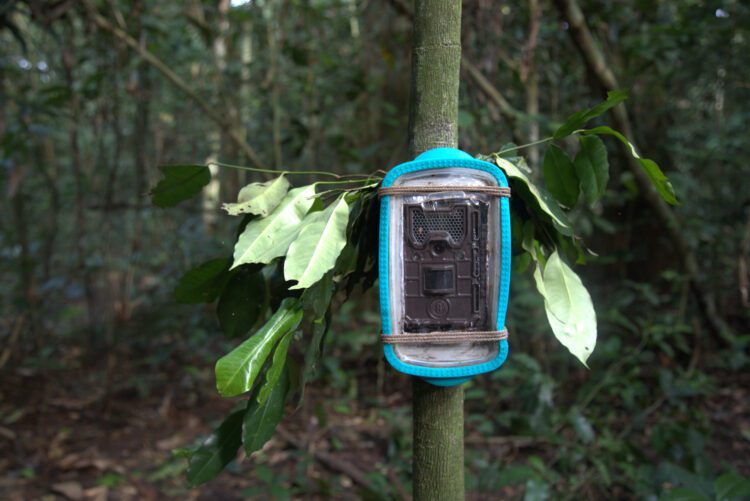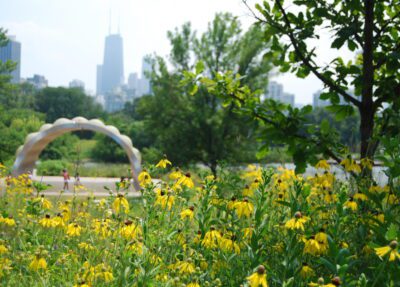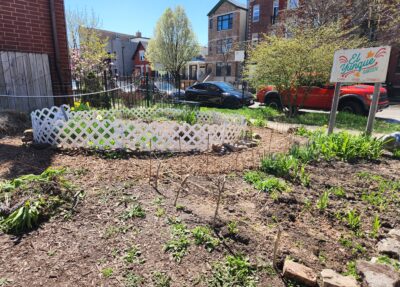Diving Deeper: Goualougo Triangle Ape Project, Part VII
Exploration calls to mind colorful images of forging through overgrown vegetation before stumbling upon some grand discovery. But when we unpack these stories, whether they be of big screen adventurers or historical field scientists, we often find that these “discoveries” are not actually discoveries at all. At least, not if you speak to the people who have lived in these places for generations.
The natural knowledge and experiences of indigenous people have long been relegated to the margins of history, if even acknowledged at all. Phrases like “parachute conservation” have even been coined criticizing researchers who pop in and out of field sites, without regarding the local people.
That is why a goal of the Goualougo Triangle Ape Project (GTAP) was always to work collaboratively with Congolese people and build a sustainable long-term program for not only the wildlife but for the local communities as well.
Research scientist David Morgan, Ph.D., and his co-director and wife Crickette Sanz, Ph.D. have prioritized relationship building with local Congolese villages around the Nouabalé-Ndoki National Park where GTAP has grown to a long-term field station spanning nearly 25 years. Since its inception, GTAP has worked side by side with Congolese, creating an environment of research and monitoring grounded in cross-cultural learning that has resulted in a wider breadth of discoveries than either group could have imagined when the project started in 1999.
Exploring Uncharted Territory (For Some)
When Morgan and Sanz first arrived in the forest surrounding the Nouabalé-Ndoki National Park, they knew that establishing a relationship with the Ba’aka forest foragers most familiar with the land would be integral to saving both chimpanzees and gorillas and in protecting the forests itself. These indigenous peoples had invaluable traditional knowledge of their natural world that had been amassed over centuries. They were experts in the behavior of the native animals, had adapted to living in the forest, and knew many of the plants native to the area.
“Without the mentorship [from the local Congolese] over the years, we never would have had so much success in this project. We owe them a great deal,” Sanz said in a 2014 TEDx Talk.
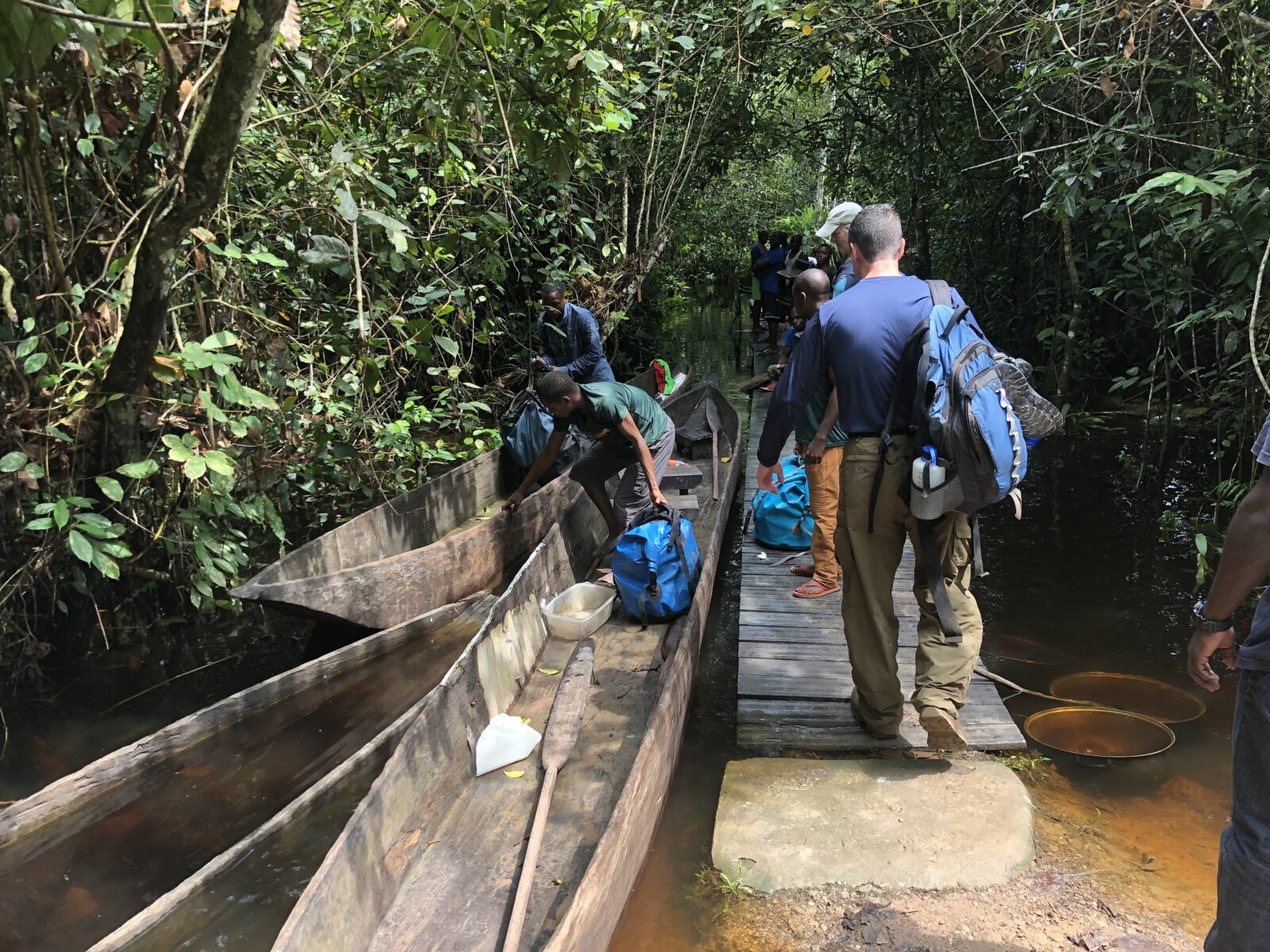
In the earliest years of GTAP, Morgan and Sanz were shocked to see the forest floor light up one night after putting out their campfire. Within a particular forest habitat, the dead leaf litter covering the soil became a glowing sea of sparkling green. Masimbo Nestor, a seasoned tracker who played a pivotal role in establishing the research on the “Moto Chimpanzee” community, taught them that they were witnessing “the fire of the chimpanzees”—a bioluminescent fungus that plays a key role in the forest’s ecosystem.
The scientists would have been lost without their trackers’ abilities to spatially navigate the forests and their patience in re-identifying the plants commonly encountered. But thanks to Ba’aka knowledge and willingness to share such information, Morgan and Sanz were able to learn from the locals and quickly build on their wealth of knowledge and integrate it into their research and conservation monitoring. This knowledge sharing also spurred the development of a database to help future researchers further build on what Morgan and Sanz learned. In it, local names for native mammal and flora species can be accessed. The database also supports a mentorship program that partners experienced trackers with less experienced individuals newly employed by GTAP. The ultimate goal is to preserve the Ba’aka local knowledge of the plants and animals in northern Congo.
Creating New Opportunities
For Morgan, working with great apes was more a matter of where and when, not if. He felt called to work with chimpanzees but was stuck on identifying how he wanted to be involved. However, when he read a magazine article in 1995 about the Nouabalé-Ndoki National Park, he knew that’s where he needed to be. Morgan got in contact with the park’s director, quit his job as a zoo keeper, and set off for the Republic of Congo.
When he arrived, Morgan was taken aback by the forest’s beauty. The area’s biodiversity was astounding, with countless plants and animals large and small. And in the Goualougo Triangle, nestled in the southwest corner of what is now the National Park, he focused in on chimpanzees coexisting with western lowland gorillas—the only place in the world where the two species live together.
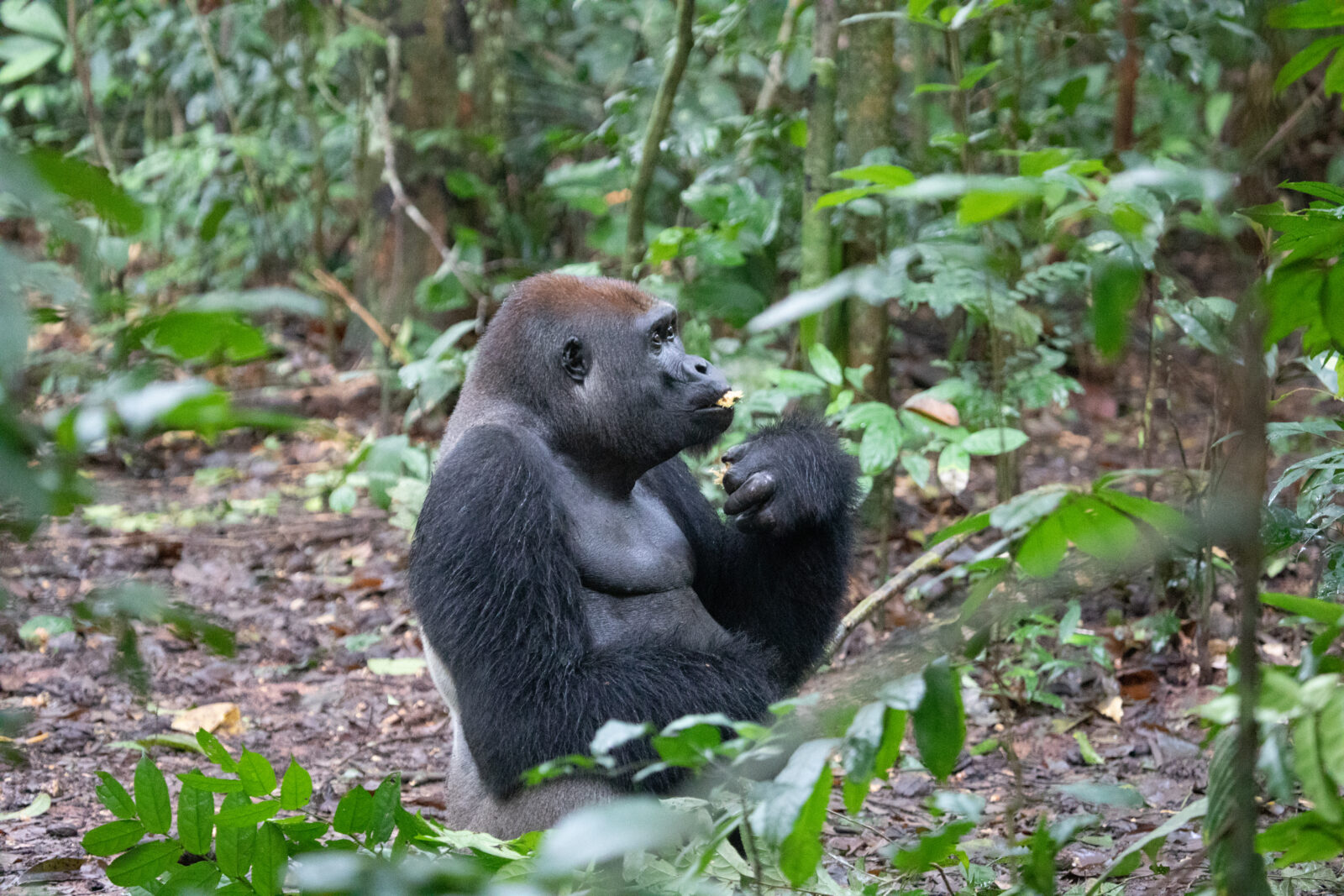
Invasive mechanized logging practices were a growing threat in the area, and Morgan knew that advocating for forest conservation would be an integral part of his research. With conservation, there is no end point; it takes long-term commitment from a dedicated team. And advocating for conservation of the Nouabalé-Ndoki National Park without consulting groups living in and around the forest would only ever be a half-hearted attempt.
Morgan and Sanz set out to work with locals, instead of just for them. They started collaborating with one nearby village, gradually expanding to include others as GTAP gained trust and respect in northern Congo. Each village had their own specialized skill sets that the brought to the table, such as an encyclopedic knowledge of local flora or a keen understanding of where the chimpanzees and gorillas live in the forest. The hardest challenge he remembers is building those initial relationships and proving to indigenous groups that he and Sanz were in this for the long haul.
“The hardest thing is building up a rapport with the indigenous people,” Morgan said. “They originally didn’t believe the project would go on for as long as it has. They thought we would leave after a year and a half, and this project would be no longer. But that’s totally changed in the last 25 years.”
Making that long-term commitment to the area also had a lasting positive impact on the local economy. Before GTAP, the most lucrative employment opportunities nearby had been in the logging industry. But as GTAP grew, it created a diverse array of jobs that helped protect rather than destroy the forest. For many of the local Congolese who joined GTAP in its early years, the project became a fully-fledged career path that led to even more opportunities as the years went on.
Learning is a Two-Way Street
The Goualougo Triangle Ape Project owes much of its long-term success to the sustainable knowledge networks it has cultivated over the years. While Morgan and his team of western researchers continue to learn from locals, the project has also opened professional and educational doors for the local community. GTAP currently employs dozens of Congolese research assistants, trackers, project managers, and more. Many of them are not only finding careers but gaining valuable experience doing graduate-level research in the field and back at camp. Some have even gone on to pursue higher education opportunities in America.
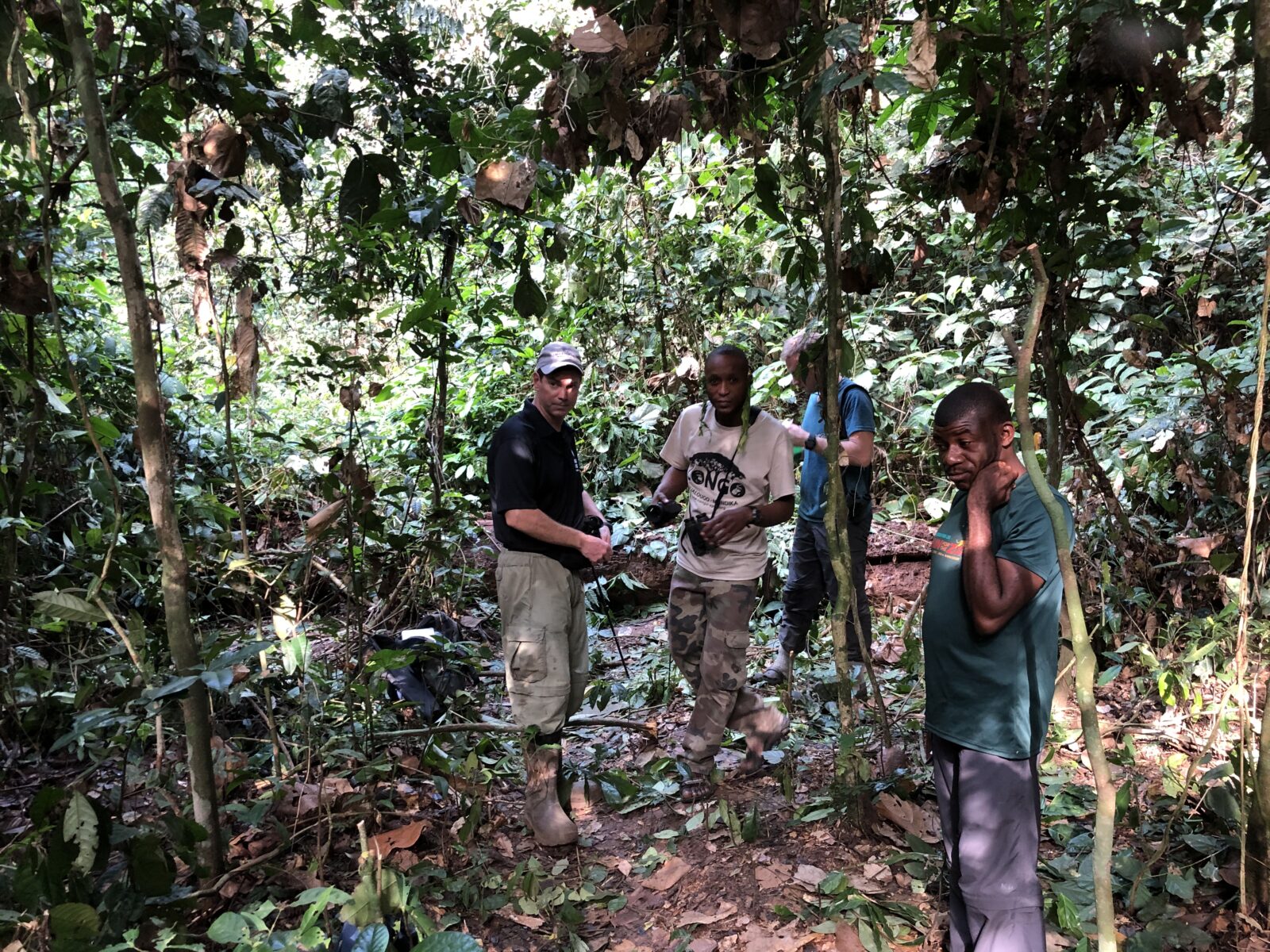
In 2015, GTAP researchers Fabrice Ebombi and Crepin Eyana Ayina travelled to the United States. Both visited Lincoln Park Zoo for the international Chimpanzees in Context conference. Here, they contributed to insightful conversations with big names in the field of primate research and conservation, like Jane Goodall, as well as with Lincoln Park Zoo staff in the Lester E. Fisher Center for the Study and Conservation of Apes.
Fostering connections between Congolese researchers in the field and staff working directly with great apes at the zoo allowed for both groups to learn about chimpanzees and gorillas directly from each other and discover new insights. After the conference, Ebombi and Ayina were able to return to Congo with a better understanding of global ape research and how their findings through GTAP impact the care and welfare of apes at institutions like Lincoln Park Zoo.
Discovering Together
While American and Congolese researchers spend a lot of time learning from each other, they are also working together to make genuine discoveries that help craft our understanding and messaging on great apes and their needs for survival.
At any given time, GTAP employs up to 45 Congolese trackers trained in following in the footsteps of the great apes. They are responsible for recording which individuals they see, their interactions, travel patterns, and key resources they consume. With these data, Morgan, Sanz and team are able to accurately map out where habituated groups are spending their time in the Nouabalé-Ndoki National Park, and where to advocate for the strongest conservation measures and what tree resources are most important to conserve.
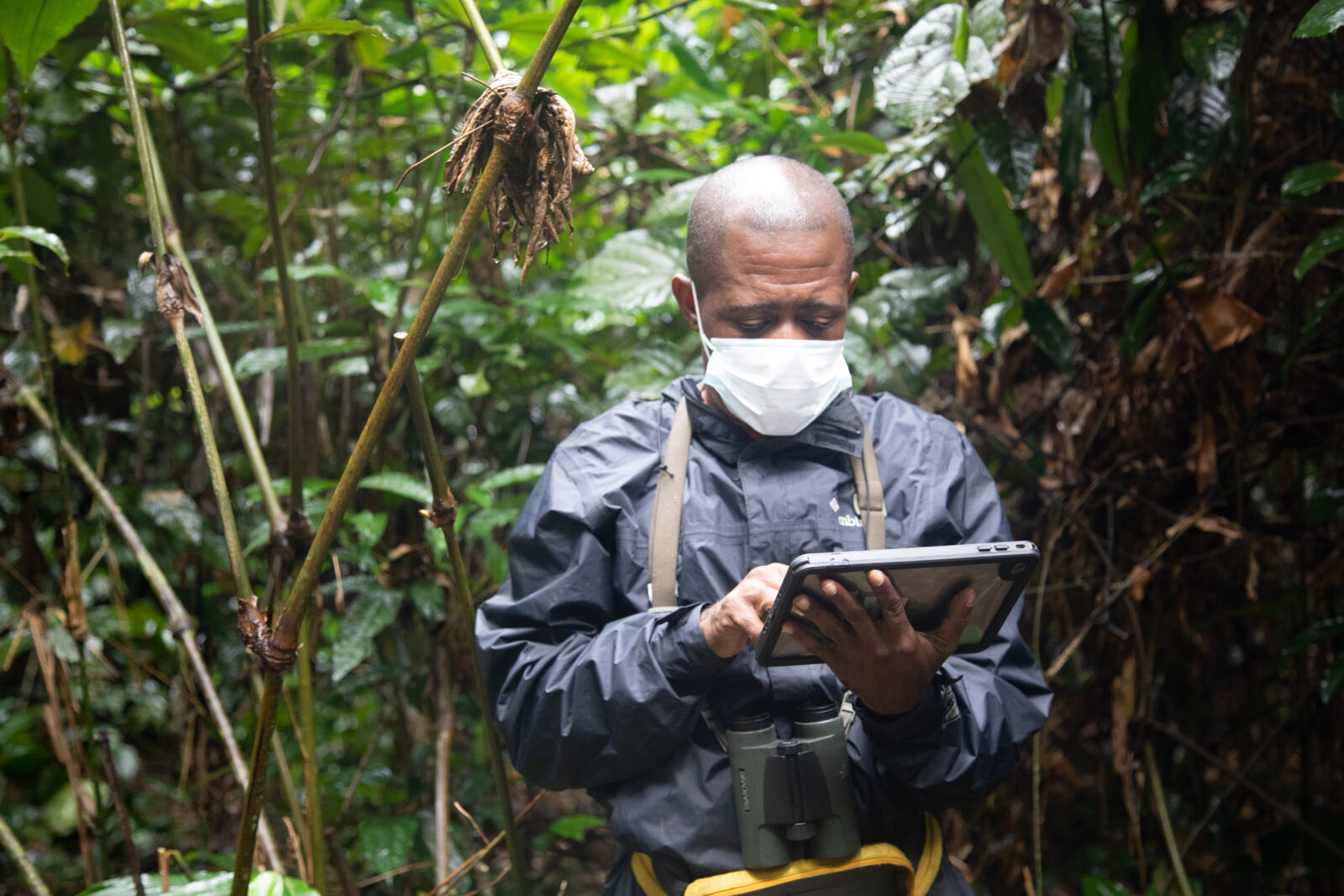
Congolese research assistants and trackers also helped Morgan pinpoint where to install field cameras to capture the day-to-day lives of chimpanzees. This was an innovative new use of technology in the world of field research when it was first deployed, and it produced shocking results. For the first time, chimpanzees were recorded using a diverse kit of tools to collect multiple species of termites and driver ants in efficient ways. The groundbreaking research, published in 2004 and 2007, built upon Jane Goodall’s 1960 observation of chimpanzees using individual tools to “fish” for termites.
“Over the course of this project, we’ve learned an awful lot about chimpanzees and gorillas,” Morgan said. “Our knowledge has grown, and so has the indigenous community’s knowledge as well. This is really important because their local knowledge and their heritage is involved in this kind of work. They’re the most important aspect of this work.”
The Future of Collaboration
GTAP has no signs of slowing down, and as research continues, relationships grow deeper between foreign and local team members. For the first time, the project is starting to see second generation Congolese participants, with fathers and sons working together to track the great apes in the Nouabalé-Ndoki National Park.
New research continues to come out of the Goualougo Triangle, and the project has even grown in physical size and scope. In 2023, the national park became the first Certified Gorilla Friendly Park by the Wildlife Friendly Enterprise Network. This accolade recognizes the park for its pioneering protection of gorillas, from tourism to research.
That same year, Nouabalé-Ndoki National Park expanded to include Djéké Triangle, northeast of Goualougo Triangle. This expansion allows for the conservation of another high-risk area, which is home to many threatened animals, bird species, and plant species. Growing the national park also allows for even more Congolese locals to get involved in conservation efforts, with even more employment opportunities in research and ethical tourism sectors.
“It was always a dream to grow GTAP into a project that encompasses all these elements, but it was never guaranteed at first,” said Morgan. “Creating relationships with logging companies to responsibly harvest the forest, adding protections for the Goualougo and Djeke Triangles, saving these incredible chimpanzees and gorillas from extinction? That would have never been possible without the collaboration with the Congolese people.”
